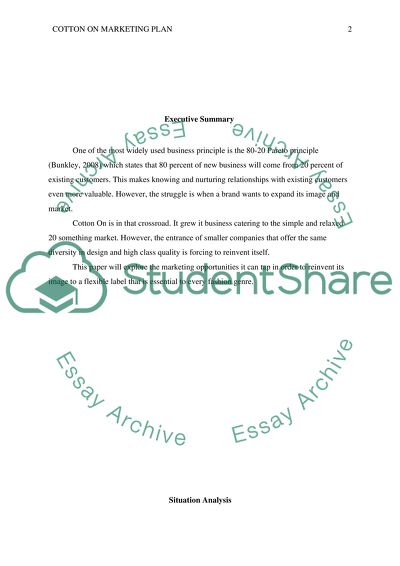Cite this document
(“DEVELOP A MARKETING PLAN Essay Example | Topics and Well Written Essays - 2500 words”, n.d.)
Retrieved de https://studentshare.org/marketing/1391662-develop-a-marketing-plan
Retrieved de https://studentshare.org/marketing/1391662-develop-a-marketing-plan
(DEVELOP A MARKETING PLAN Essay Example | Topics and Well Written Essays - 2500 Words)
https://studentshare.org/marketing/1391662-develop-a-marketing-plan.
https://studentshare.org/marketing/1391662-develop-a-marketing-plan.
“DEVELOP A MARKETING PLAN Essay Example | Topics and Well Written Essays - 2500 Words”, n.d. https://studentshare.org/marketing/1391662-develop-a-marketing-plan.


